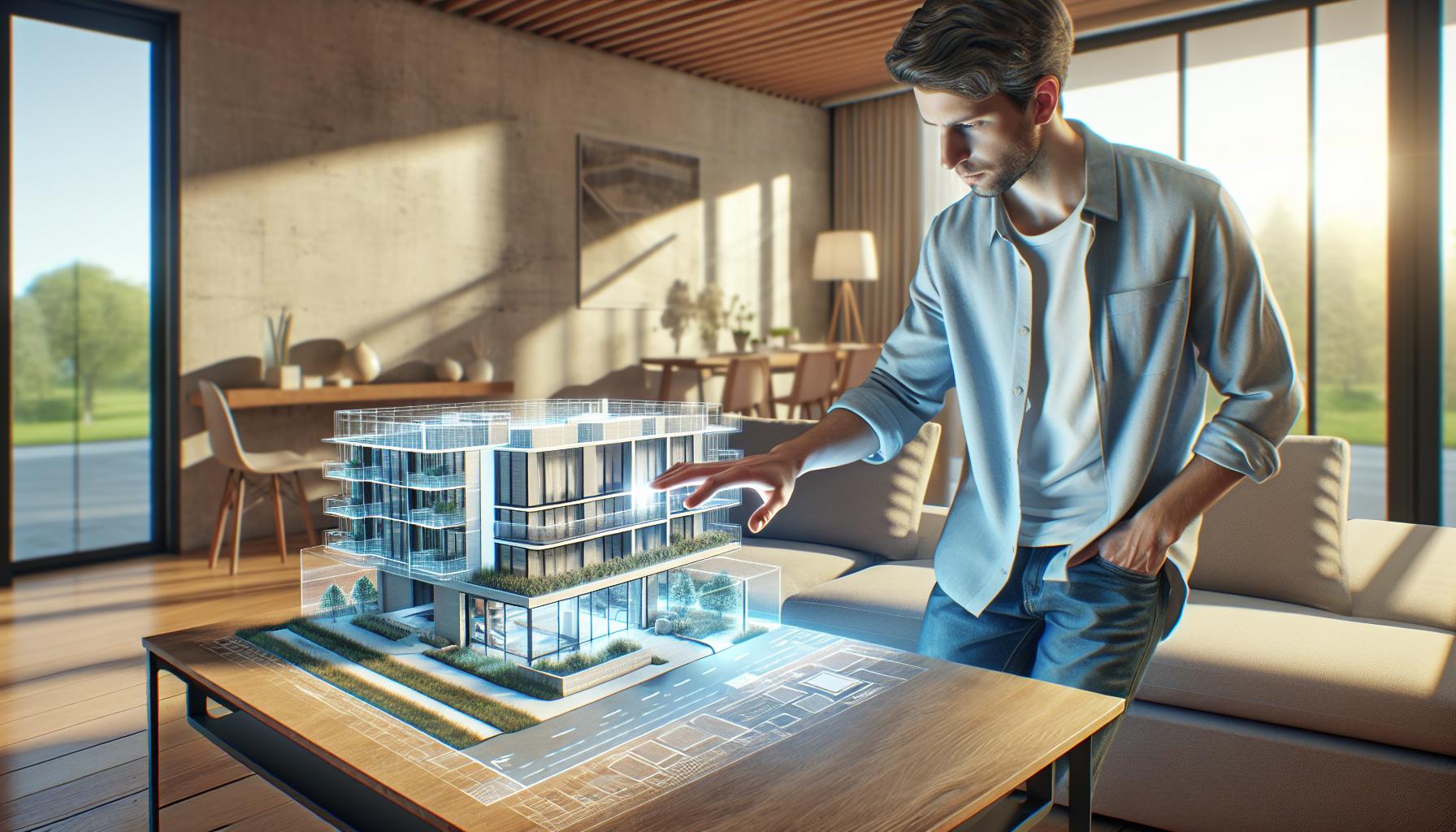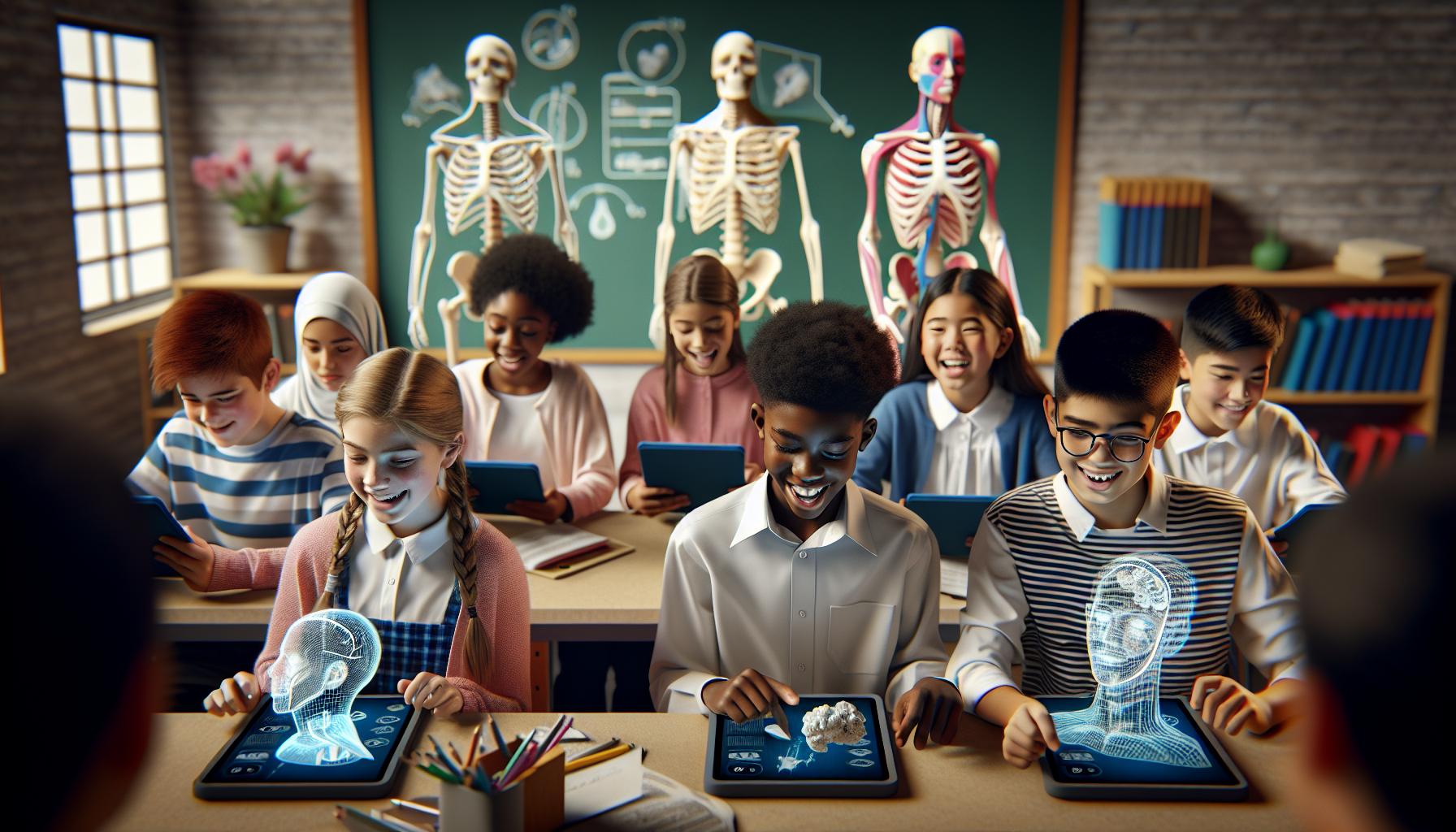Imagine stepping into a world where digital elements blend seamlessly with reality. That’s the magic of augmented reality programming. It’s not just for gamers and tech geeks anymore; it’s transforming industries from education to healthcare and even retail. With AR, a simple smartphone can turn your living room into a virtual museum or your kitchen into a cooking class with a celebrity chef.
Augmented Reality Programming
Augmented reality programming involves the creation of interactive experiences that blend digital content with the physical environment. Developers utilize various software tools and frameworks to design these immersive applications. Key platforms like ARKit for iOS and ARCore for Android provide robust features that enable effective AR development.
AR programming requires a strong understanding of 3D modeling and spatial awareness. It’s essential for developers to master programming languages such as C#, C++, and JavaScript to build engaging AR experiences. These languages help create interactive elements that respond to user inputs in real-time.
Additionally, working with advanced computer vision techniques enhances AR applications, allowing them to recognize and track objects accurately. This capability transforms physical settings into dynamic canvases where digital elements play an interactive role.
Industries such as healthcare leverage AR programming to deliver complex information visually. Surgeons can use AR overlays during operations to visualize critical data, improving safety and precision. Education also benefits, where students can interact with virtual models, enhancing their learning experiences.
The retail sector capitalizes on augmented reality programming by providing customers with virtual try-ons and product demonstrations. Shoppers gain the ability to visualize products in their space before making a purchase, increasing confidence in their choices.
Research indicates that the global AR market is projected to expand significantly over the next five years. This growth drives interest in AR programming as businesses recognize the technology’s potential to enhance user engagement and drive innovation.
Key Technologies Behind Augmented Reality

Augmented reality programming relies on several core technologies that enable its functionalities. Understanding these technologies provides insight into how AR creates immersive experiences.
Computer Vision
Computer vision plays a vital role in AR by enabling digital content to interact with the real world. It involves algorithms that recognize and track objects, surfaces, and environments. This technology allows devices to understand their surroundings in real-time. Enhanced capabilities in image recognition and spatial processing contribute to accurate placement of virtual elements. For instance, AR applications can identify a tabletop and project a 3D model onto its surface, creating a seamless blend of digital and physical environments.
3D Modeling
3D modeling serves as the foundation for creating visual content in AR. Artists and developers design virtual objects to fit within real-world settings through specialized software. Popular tools such as Blender and Maya enable the creation of realistic and engaging digital assets. Precise modeling techniques ensure that objects appear natural and proportional in various environments. Additionally, efficient rendering techniques enhance the quality of visuals, allowing for smooth interactions and animations within AR experiences.
User Interaction
User interaction mechanisms are crucial for engaging users in augmented reality applications. Touch, gesture, and voice commands often serve as inputs that allow users to manipulate virtual objects. Intuitive interfaces encourage exploration and interactivity with the AR environment. For example, users can rotate, resize, or even change the color of digital objects with simple gestures. Incorporating user feedback into the design process strengthens overall experience, bridging the gap between virtual and physical worlds effectively.
Popular Tools and Frameworks

Numerous tools and frameworks support augmented reality programming, enabling developers to create immersive experiences seamlessly.
ARKit
ARKit serves as Apple’s powerful framework for augmented reality on iOS devices. Developers leverage ARKit to build high-quality AR experiences using iPhones and iPads. Features include motion tracking, environmental understanding, and light estimation, which enhance interactivity and realism. Its integration with Swift allows for smooth app development, inviting programmers to incorporate AR elements effortlessly. Moreover, ARKit supports seamless face tracking, enabling engaging applications like AR games or virtual makeup try-ons.
ARCore
Google’s ARCore acts as the counterpart to ARKit, providing a robust platform for augmented reality on Android devices. It enables developers to create applications that can understand the environment and track motion effectively. Key features include motion tracking, environmental understanding, and light estimation, similar to ARKit. Working with programming languages such as Java and Kotlin allows for easy integration. ARCore also offers support for shared AR experiences, allowing multiple users to interact in real-time, enhancing collaboration within virtual spaces.
Vuforia
Vuforia stands out among AR tools, known for its versatility across various platforms, including iOS, Android, and Unity. This framework excels in image recognition, allowing developers to create experiences based on physical images or objects. Leveraging computer vision technology, Vuforia tracks and recognizes images and 3D objects effectively. Integration with Unity simplifies the development process, giving access to powerful game development capabilities. Furthermore, Vuforia supports various features like virtual buttons and model targets, making it suitable for diverse applications, from marketing to education.
Applications of Augmented Reality Programming

Augmented reality programming finds numerous applications across various sectors, enhancing user engagement and interaction. Here are key areas where AR significantly impacts daily life.
Gaming
Gaming serves as one of the most popular applications for augmented reality programming. By overlaying digital graphics onto physical environments, AR creates immersive experiences. Popular titles like Pokémon GO illustrate how players capture virtual creatures in real-world locations. Gamers interact directly with their surroundings, making gameplay more engaging. Developers leverage powerful AR tools to integrate game mechanics with physical movement. This unique blend offers thrilling experiences, encouraging players to explore their environments further.
Education
Education increasingly benefits from augmented reality programming. Students engage with interactive 3D models, transforming conventional learning into dynamic experiences. For example, AR applications allow learners to visualize complex concepts, such as anatomy or geometry, through hands-on interactions. Teachers utilize AR to create engaging lesson plans that capture students’ attention. This immediate feedback enhances understanding and retention of information. With virtual field trips and historical reconstructions, education becomes more accessible and immersive for learners of all ages.
Healthcare
Healthcare professionals employ augmented reality programming for various practical applications. Surgeons utilize AR overlays during operations, improving precision and safety by displaying critical data in real-time. This technology facilitates better decision-making and enhances surgical outcomes. Additionally, medical training harnesses AR for realistic simulations, enabling students to practice procedures safely. Patients also benefit from AR, as they can visualize treatment plans, helping them understand complex medical information more thoroughly. Overall, AR significantly enhances the accuracy and efficiency of healthcare delivery.
Challenges in Augmented Reality Development
Developers encounter several challenges while creating augmented reality experiences. Two significant hurdles include hardware limitations and software complexity.
Hardware Limitations
Hardware constraints significantly affect the effectiveness of AR applications. Processing power plays a crucial role in real-time rendering of digital content. Limited battery life can hinder prolonged use, especially in mobile devices. Additionally, device specifications vary widely, creating inconsistencies in user experiences. High-quality AR requires advanced sensors and cameras, which not all devices possess. Users may experience lagging or degraded visual quality on less capable hardware. Developers often face difficulties optimizing AR experiences for diverse hardware capabilities, further complicating development.
Software Complexity
Software complexity introduces further challenges in augmented reality development. Numerous frameworks and tools exist, each with unique features and limitations. Navigating different programming languages can create steep learning curves for new developers. Integration of various systems for smooth interactions requires extensive coding and debugging efforts. Ensuring compatibility across multiple platforms adds another layer of difficulty. Maintaining performance while delivering engaging content demands meticulous attention to detail. Developers must also regularly update applications to incorporate advancements in AR technology, which can burden resources.
Future Trends in Augmented Reality Programming
Emerging trends in augmented reality (AR) programming suggest a rapid evolution in technology and user engagement. Integration of artificial intelligence alongside AR tools enhances user experiences by providing personalized content and intuitive interactions. This combination allows virtual elements to adapt to individual preferences, creating unique and immersive applications across various sectors.
Growing interest in no-code and low-code platforms opens AR development to a broader audience. These platforms enable those without extensive programming knowledge to create AR experiences, fostering innovation and collaboration. User-friendly tools like ZapWorks and BlippAR empower businesses to implement AR solutions quickly and cost-effectively.
Advancements in hardware play a pivotal role in shaping the future of AR. Improvements in wearable technology, such as smart glasses, offer more seamless experiences by overlaying digital content directly onto the user’s field of vision. Companies like Microsoft and Google continuously invest in developing lightweight, high-performance devices to enhance AR capabilities.
Real-time collaboration tools are transforming how teams interact in augmented reality spaces. Virtual environments allow multiple users to contribute simultaneously, enhancing creativity and problem-solving in fields such as design and engineering. Applications like Spatial facilitate collaboration by enabling teams to meet in shared virtual spaces, providing a sense of presence despite physical distances.
Investment in 5G technology accelerates AR programming by improving connectivity and reducing latency. Enhanced network speeds support complex AR applications that require real-time data processing, benefitting industries like gaming and retail. With 5G, users enjoy smoother, more responsive experiences in augmented reality, which will likely trend over the next few years.
Innovations in mixed reality signal a shift toward even more immersive interactions. Merging AR and virtual reality creates hybrid experiences that blend real-world elements with fully virtual environments. Such developments enrich applications in training, entertainment, and social interaction, driving further interest in AR programming.
Augmented reality programming stands at the forefront of technological innovation. Its ability to enhance real-world experiences through digital integration is reshaping industries and creating new opportunities. As developers embrace advanced tools and techniques, the potential applications continue to expand.
The growth of AR is fueled by advancements in technology and increasing accessibility for developers. With the rise of no-code platforms and the integration of AI, more creators can contribute to this dynamic field.
As industries invest in AR, the future looks promising. Enhanced connectivity from 5G and innovations in mixed reality will further drive the evolution of AR programming. This exciting landscape invites both seasoned developers and newcomers to explore the limitless possibilities of augmented reality.

